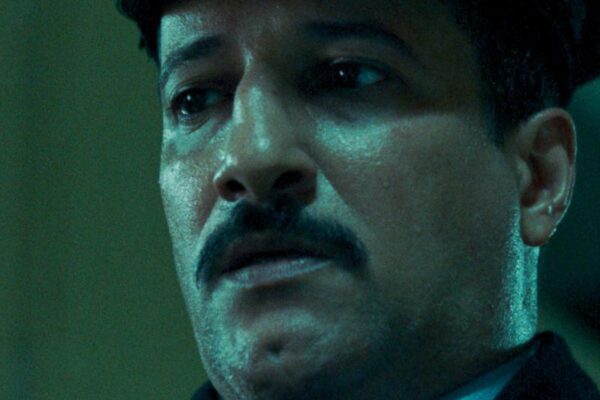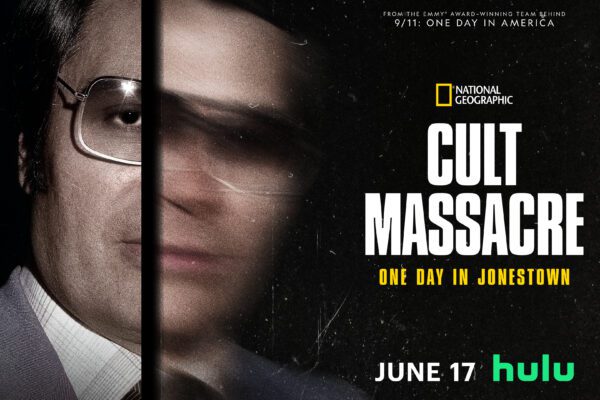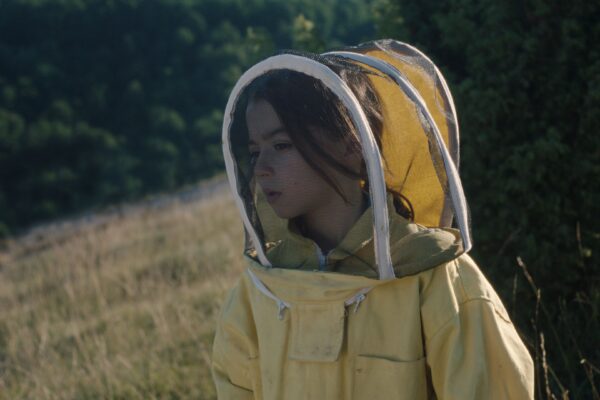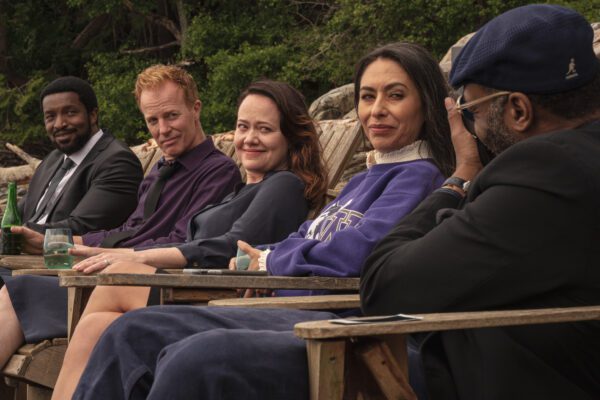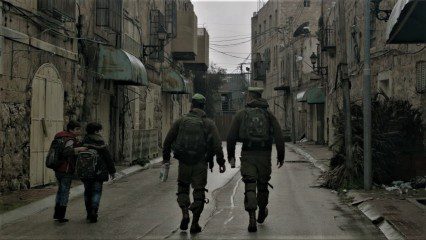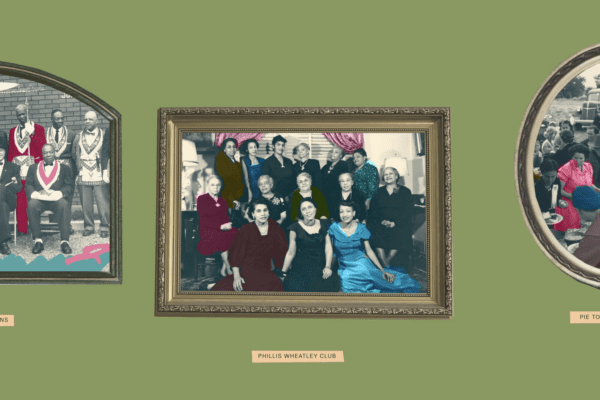
Join or Die: Can clubs save America?
Very early on, Pete Davis (who directs and produces along with his sister Rebecca Davis) clearly states the premise of Join or Die: “This is a film of why you should join a club—and why the fate of America depends on it.” The film focuses on the work of Harvard political sociologist Robert Putnum (under…


